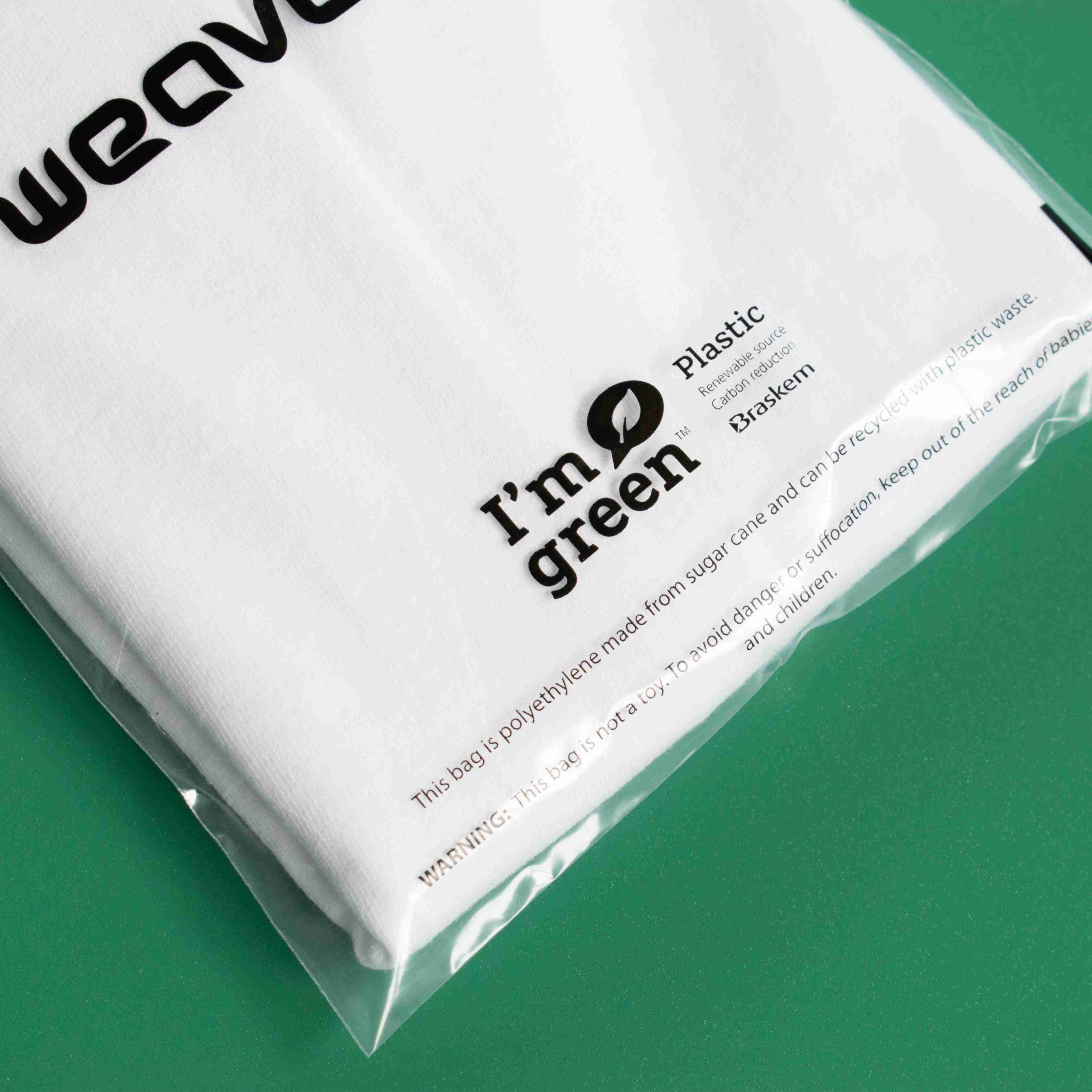The North Face clothing brand: Is it sustainable?
Is The North Face clothing brand sustainable? What initiatives does it have in place? We take a look.
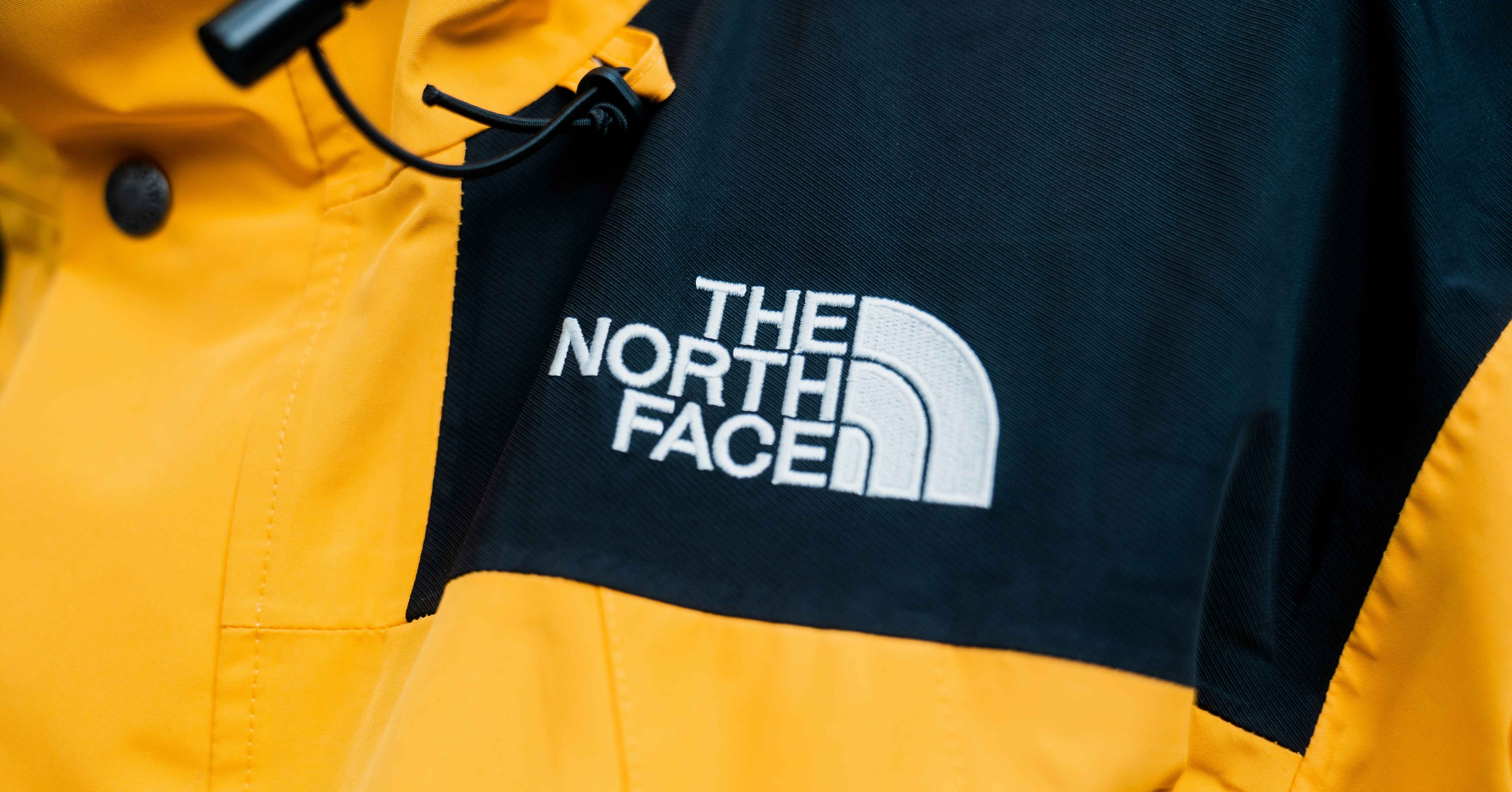
The North Face clothing brand is an instantly recognisable household name that's been a favourite in wardrobes for generations. Loved by outdoor explorers and fashion enthusiasts alike, The North Face has been creating garments made for the outdoors since 1964.
However, a lot has changed since the '60s. Consumers today put much more emphasis on a brand's sustainability credentials, often factoring them into deciding where and where not to shop. So, how does The North Face stack up in terms of sustainability? In this blog, we answer exactly that.
The background
The North Face is an outdoor clothing brand dedicated to designing and developing performance activewear for outdoor adventures. It's become an iconic name thanks to its bold designs, high performance and trend-setting collaborations.
Sustainability is high on the agenda for The North Face. Whether it's their ambitious eco targets, their rewear range, embracing circularity or the clean up hikes, sustainability is present throughout the brand's business decisions.
After all, as an outdoor brand, they should protect our planet so that exploration can continue.
The products
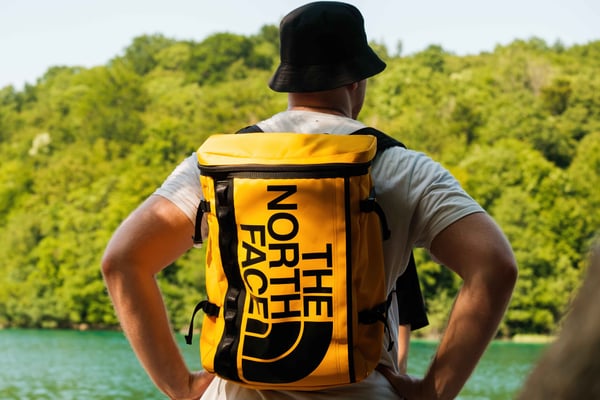
From down jackets and trek gear to t-shirts and puffa jackets, The North Face has been a staple in many wardrobes throughout the generations.
The brand manages to effortlessly blend performance wear that's also popular as streetwear. The fashion-conscious are just as likely to don a jacket from its Gucci collab as someone climbing to Everest basecamp will invest in their gear.
The technical garments made from performance fabrics means that they're at the more expensive end of the high-street spectrum, ranging from £30 for a t-shirt, up to £720 and above for a coat.
The materials
Materials are a big part of the sustainability conversation for many fashion brands. Raw material sourcing can often be harmful to the environment, not to mention the processing and chemicals involved during production.
That's why The North Face clothing brand has committed to ensuring all primary materials are either recycled, responsibly sourced or regeneratively grown by 2030. Investing in an eco-target such as this shows how committed The North Face is to its circular model by setting specific, measurable goals.
On top of that, the brand is also removing all single-use plastic in its packaging by 2025, opting for streamlined, recycled and responsibly-sourced alternatives instead.
Materials spotlight:
Futurelight
A breathable-waterproof fabric made from recycled fabric and with less glue, without compromising durability.
Down
A lightweight, insulating filling that's backed by the Responsible Down Standard to ensure there's no animal cruelty.
Heatseeker Eco
A synthetic insulation fabric that's composed of 70-85% post-consumer recycled polyester to minimise environmental impact.
GORE-TEX
An iconic waterproof fabric that reduces the use of PFCs to reduce chemical waste and its detrimental impacts.
Circularity
Circular fashion is a model beginning to gather momentum in the fashion sphere. The principles of circularity focus on minimising waste and sourcing from regenerative and renewable sources to minimise the impact of the fashion supply chain on the environment.
The North Face is one of the big players championing this model through several initiatives. It's reducing its reliance on finite resources, recycle and rewear schemes and focusing on quality to minimise the amount of fashion waste heading to landfill.
The focus is on the never-ending loop — garments that can be dismantled and remade into new clothes, keeping materials in an infinite circle of use rather than a leaner production > use > dispose approach.
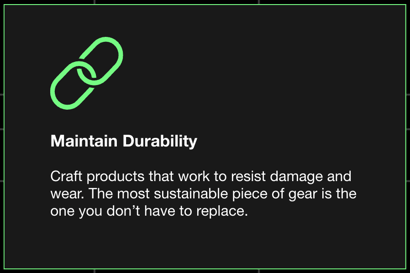
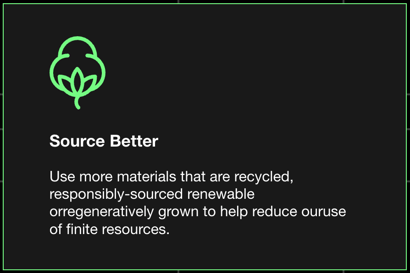
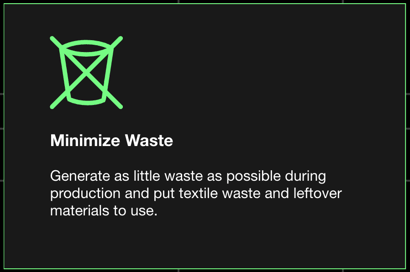
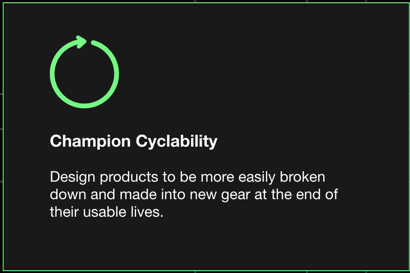
Credit: The North Face
Minimising waste
With 92 million tonnes of waste generated by the fashion industry every year, the question is, how can it change?
Thankfully, The North Face has invested in several initiatives to combat the sheer volume of textiles and apparel waste heading to landfill. Here's a snapshot:
The North Face Renewed
The North Face Renewed is a resale marketplace where customers can purchase returned, damaged or defective clothing directly from The North Face. It's part of their circular model to increase the circularity of garments rather than the wasteful linear approach.
Renewed schemes are still the quality you expect, ensuring the second-life garments stand the test of time.
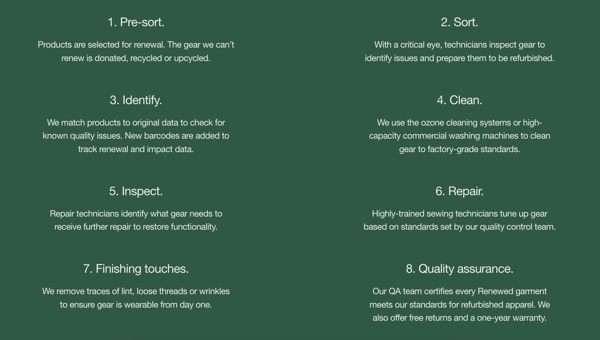
Credit: The North Face
The North Face Repair Service
The second circular initiative is The North Face Repair Service, which allows customers to drop off damaged The North Face Garments in-store, where they will be repaired and returned in a better condition than they were left.
The repair scheme replaces open seams, sliders, studs, buckles, tears and holes, cords, elastic, velcro, zips and more to ensure the longevity of The North Face garments, minimising landfill waste.
Giving back
It's not just about the products and supply chain — The North Face also looks at how it can improve communities, society and the environment as a whole. From supporting grassroots organisations to mass clean ups, The North Face invests time and resources to give back to the planet and its people.
- Clean up hikes: A collaboration between local organisations that allows members of the public to explore the outdoors while collecting rubbish. The result? Stronger communities, outdoor exploration and reduced litter in local areas.
- Loving Wild Places: One of the two halves of The Explore Fund, Loving Wild Places is The North Face's initiative that funds organisations that positively impact the planet. Whether it's reducing litter, protecting natural habitats or funding regenerative and carbon-reduction projects, The North Face gives back a portion of its profits for the greater good of the environment.
Taking steps towards a more sustainable fashion industry
So, how can fashion brands follow in The North Face's footsteps? Our guide tells you how. Download now to discover why a sustainable fashion industry is so important and how we can get there.

